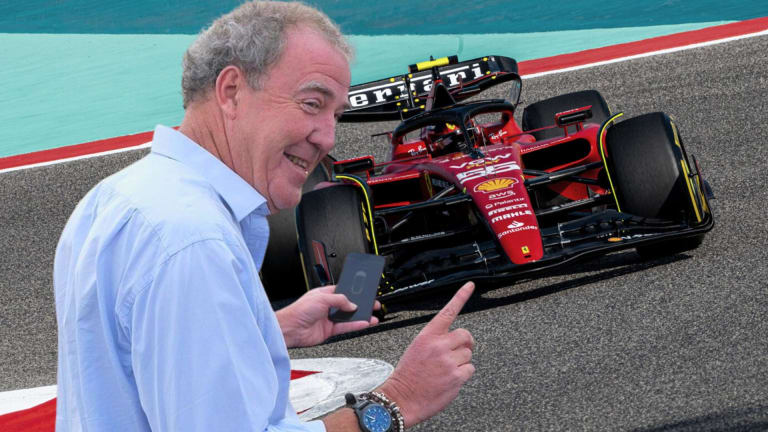
Jeremy Clarkson Exposes F1's Biggest Flaw In Latest Column

As the Bahrain Grand Prix kicked off earlier this month signalling the start of the season, renowned TV presenter Jeremy Clarkson, who has only just lashed out at F1 in a rant about Lewis Hamilton and Max Verstappen, voiced his opinion on the issues plaguing the sport. With the season now in full swing, it's no surprise that the former Top Gear host had a thing or two to say about the current state of the sport.
Clarkson, who is in a long-term relationship with Lisa Hogan, was particularly critical of the amount of pace management that Red Bull and Mercedes had to undertake during the recent Saudi Arabian Grand Prix. He was taken aback by the fact that Sergio Perez and Max Verstappen were given 'target lap times' in the final stint at Jeddah. It's clear that Clarkson is not one to hold back his opinion, especially when it comes to the thrill of the sport.
In his latest column for The Times, the TV personality highlighted that watching F1 live from the stands may not be the most exciting experience compared to catching it on TV.
He reminisced about one of his earliest F1 experiences, where he realized that spectators are often "very lucky" to catch a glimpse of the various incidents that occur during a grand prix.
“At the 1973 British Grand Prix I was in the stands at Silverstone’s Woodcote corner, which meant I was right there, in the thick of it, when Jody Scheckter’s Yardley McLaren put a wheel on the dirt at 160mph, spun into the wall and set in motion what was almost certainly the longest crash in F1 history.
“From where I was standing it looked like cars were hurtling into the dust cloud and then coming out on the other side in component form. It was backwards Lego, but incredibly no one died. And only one driver, Andrea de Adamich, was injured.
“It took an hour to cut him out of his Brabham, and afterwards he decided to continue in the sport. As a commentator. Can’t say I blame the poor man.
“And me? Well, as my only sporting experience up to that point was playing badminton with William Hague, I was hooked. And I vowed I would go to as many grands prix as I could for the rest of time.
“A vow that lasted until, ooh, about 15 minutes after the restart. It was a good race, packed with incidents and excitement. Jackie Stewart spun off while trying to pass Ronnie Peterson, James Hunt and Niki Lauda had the first of many battles to come. And Peter Revson staged a masterclass, going on to win. But I saw about none of it.
“This is the problem with F1 as a live event.”
He continued:
“You have to be very lucky to see an incident, and even if you do it’s usually over in a flash and there are no slow-motion replays to help you understand what caused it."
“This, then, is a sport that has only ever really worked on television.”
While the TV cameras can capture all angles of the track and provide close-ups of the action, the same cannot be said for the live experience. Depending on where you're seated, you may not have the best view of the track, and it can be challenging to see all the action. It's also difficult to catch the action online while you're at the track due to the sheer number of phones trying to pick up signal.
But, there's no denying that you can't beat the atmosphere of an F1 race. The smells, the sounds, and the bustle of the crowd is hard to be beaten. And there's nothing quite like seeing a machine experiencing up to 6Gs as it wrestles with physics in front of you.